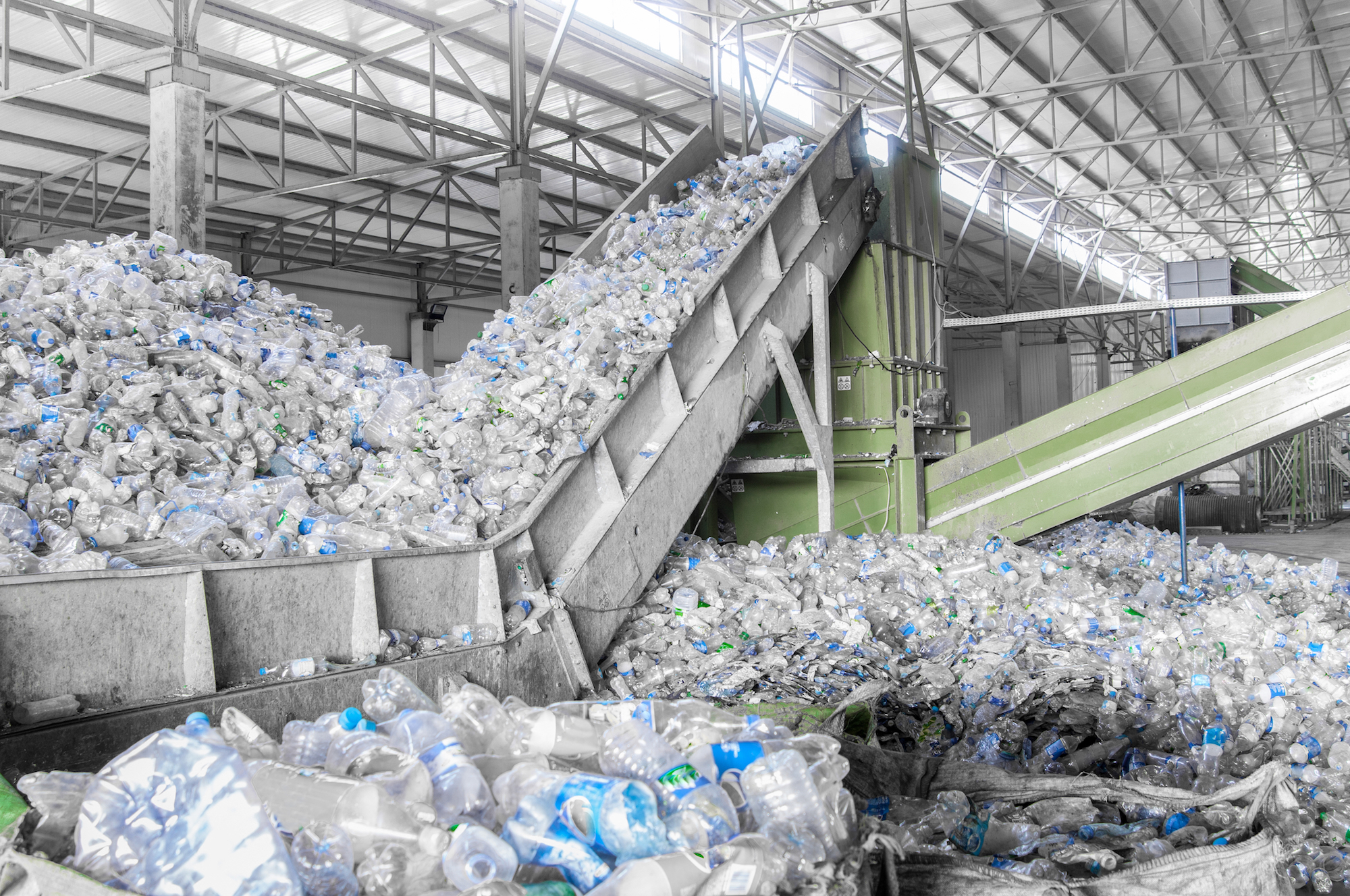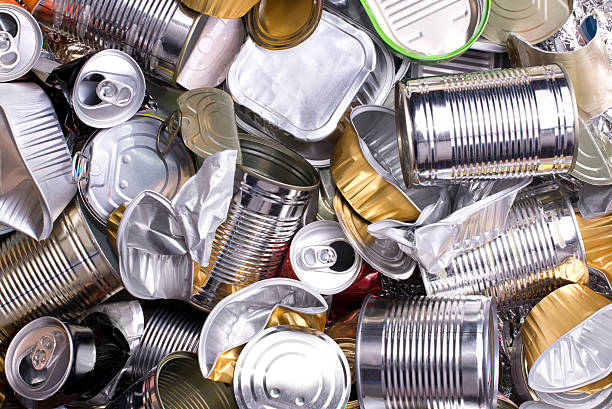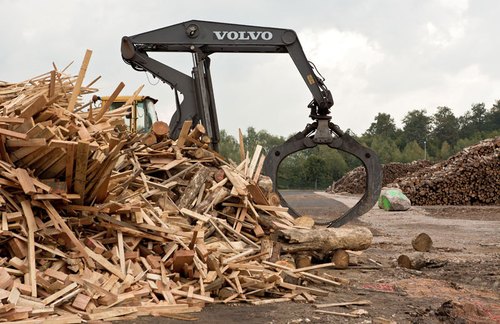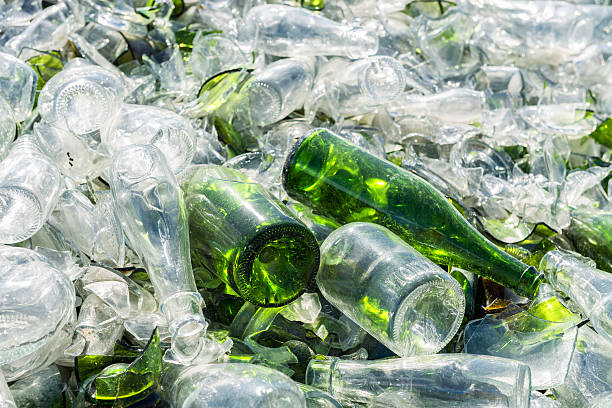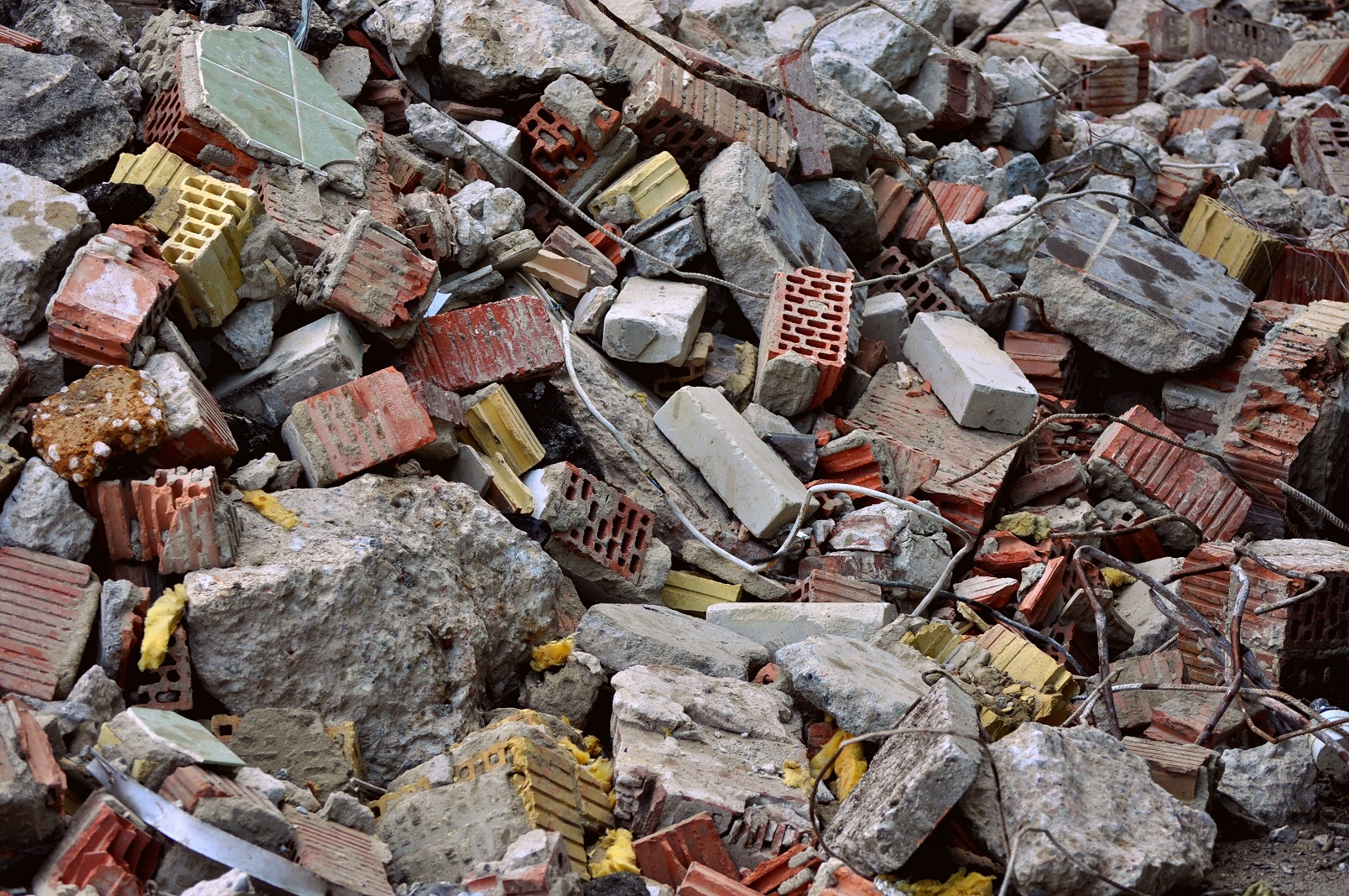Sustainable Recycling Services
Recycling that reduces toxic wastes and environmental pollution obviously provides immediate benefits to human health. By reducing wastes, recycling also conserves natural resources, protects natural ecosystems, and encourages biological diversity, all of which enhance the long run sustainability of the biosphere.
How can recycling be made more sustainable?
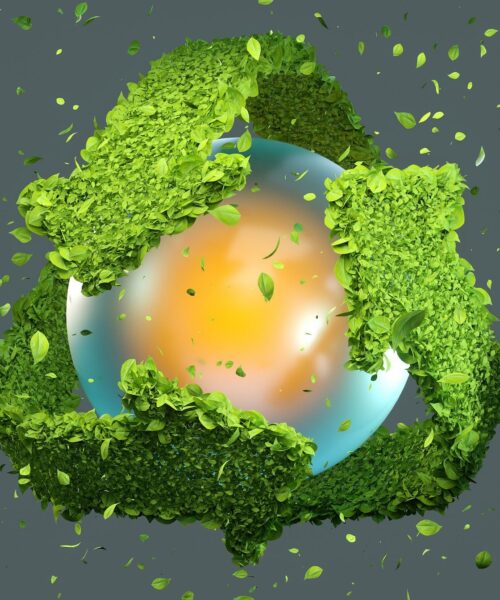
Plastic Recycling
Plastic recycling is the reprocessing of plastic waste into new products. When performed correctly, this can reduce dependence on landfill, conserve resources and protect the environment from plastic pollution and greenhouse gas emissions.
For every ton of plastic that is recycled, 7.4 cubic yards of landfill spaced is saved. Ensuring we recycle as much plastic as possible will extend the lives of our landfill sites, and stop the process many practice of burning plastics to save space, which releases toxic irritants and pollutants into the atmosphere.
Metal Recycling
Aluminum, steel, copper, brass, bronze, silver, and gold are all types of metals that can be recycled. Recycling metal helps reduce the amount of waste that is sent to landfills, and it also helps conserve natural resources.
Wood Recycling
Recycling of wood is not only beneficial for environment but also cost effective for wood industry. It helps to save trees and help to clean the environment. Plywood is a popular interior material for housing, ships, vehicles, and furniture. Waste wood can be used as raw material in this .
Generally, the waste from wood industries such as saw millings and plywood, veneer and others are sawdust, off-cuts, trims and shavings. Sawdust arise from cutting, sizing, re-sawing, edging, while trims and shaving are the consequence of trimming and smoothing of wood.
Glass Recycling
Glass recycling is the process of making glass materials into new glass products. This way, used glass materials pass through a recycling process that requires breaking and melting the glass. Recyclers use this old glass to form a new glass material. Experts even say that you can recycle your entire glass material.
The broken pieces are crushed, sorted, cleaned, and prepared to be mixed with other raw materials like soda ash and sand. The raw materials and glass pieces are melted in a furnace and then shaped into moulds to make new bottles of different colours and sizes. New recycled bottles and jars are made in this way.
Bricks and Inert Waste Recycling
Bricks have a lifespan of more than 200 years. You can reclaim or recycle bricks and blocks which have previously been used in the construction of buildings, walls, paving and infrastructure, such as bridges and sewers. These include:
- clay bricks
- concrete precast
- aerated blocks
- stone blocks
You can also buy them from other businesses which sell reclaimed bricks.
The most common sources of brick and block waste include items that are damaged during unloading, storage and cutting, and excess due to over ordering.
